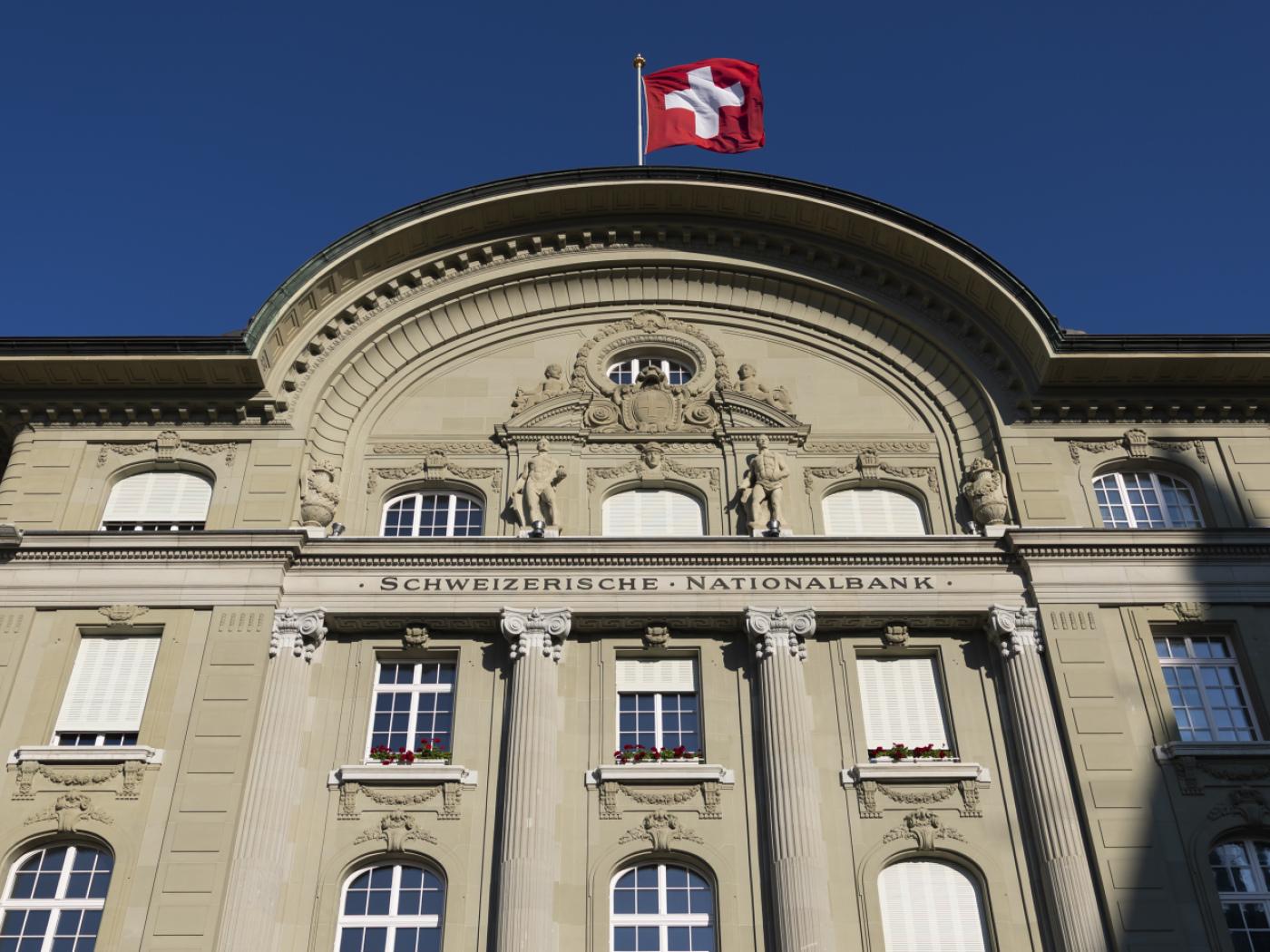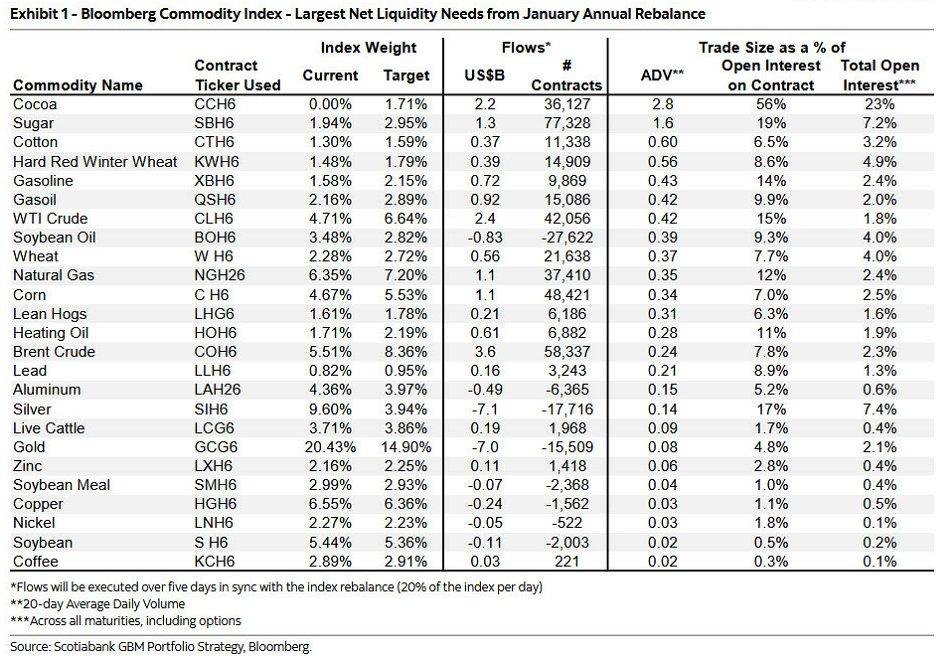Nicolaus Copernicus was one of the greatest scientists in history. With his theories on astronomy, he revolutionized the sciences and is meritoriously and universally recognized as a genius. He was indeed a genius, not only in astronomy, in fact, his knowledge and studies ranged in all fields of knowledge—medicine, canon law, theology (he was also ordained Catholic theologian), natural sciences, mathematics, and—last but most important for this article—economics.
Unfortunately, most people are unaware that the genius Copernicus also successfully tried his hand at economic science. He absolutely deserves to have his studies in economics highlighted so that more people can appreciate his contributions.
Copernicus had, throughout his life, the great fortune of being able to travel and study in the best universities in Europe (such as Krakow, Bologna, Ferrara, and Padua) where he built a cultural background that allowed him to be able to deal with all the disciplines known and studied at the time.
The value of money
In the 1620s he worked in Polish Prussia to solve the monetary problems that afflicted the region. He proposed an interesting and pioneering monetary reform that denounced the fraud of the state in wanting to impose a high face value on coins with a lower commodity value and explained how this fraud was absolutely deleterious to the economy.
Also, during this period and in this field of study, in 1526 he presented his short essay to the regional parliament of Prussia, in which he illustrated precisely his monetary reform. This essay is named after the Latin Monetae cudendae ratio, a title that is generally translated as On the striking of coin. Here is an interesting excerpt from a translation of the text:
Coinage is imprinted gold or silver, by which the prices of things bought and sold are reckoned according to the regulations of any State or its ruler. Therefore money is, as it were, a common measure of values. That which ought to be a measure, however, must always preserve a fixed and constant standard. Otherwise, public order is necessarily disturbed, with buyers and sellers being cheated in many ways,...
And yet another:
This [face-value] Valor is corrupted in many ways. First, the metal, alone may be defective, when for the same weight of coin more than the right amount of copper is alloyed with the silver. Secondly, the weight may be defective, even though the proportion of copper and silver is correct.… This is indicated if somewhat less silver is found in the coin than is bought with it. This is the condition in which depreciation of the coinage is properly perceived.
From here Copernicus came to develop what, in the history of economic thought, is usually called Gresham’s Law, which was summarized by Sir Thomas Gresham several years later. This law concerns what happens when two types of money, one of higher quality (like gold or silver) and one of lower quality (like paper money or coins with less valuable metals), are both in circulation. This law says that when people are allowed to use both types, they tend to spend the “bad” money (the one with less value) and keep the “good” money (the one with more value) for themselves. This happens because people recognize that the good money is worth more, even though both types might officially have the same nominal value. Over time, the better money disappears from everyday use, and only the lower-quality money remains in circulation.
Cantillon effect
However, the genius of Copernicus does not end here. Reading Monetae cudendae ratio carefully, we can see a primordial but effective description of the Cantillon effect (which would be extrapolated by Richard Cantillon about two centuries later). The Cantillon effect describes how the entry of money into an economic system changes prices unevenly from injection points and benefits those who receive the new money first (often politicians) because they have more money today but at the prices of yesterday. The consequence is that the last to receive the new money, which has suffered inflation, are the losers. But now let’s let Copernicus explain it:
…its [inflated moneys’] calamities benefit only the goldsmiths and those who know the purity of metal by experience. For from the mixed coinage they collect the old pieces, from which they melt down the silver and sell it. From the inexperienced public they constantly receive more silver with the coinage. But after those old shillings now disappear completely, the next best are selected, while the inferior mass of money remains behind.
Copernicus calls them “goldsmiths,” but they coincide perfectly with current political elites and central bankers. At least the goldsmiths added real gold to the economy. The context and the system are different, but the fraud clearly follows the same logic of the Cantillon effect. The Copernican version is a primitive example, but the matrix is always the same: central banks can defraud the value of money by bringing benefits to those who receive the new money first—politicians/central bankers/goldsmiths—to the detriment of those who receive it last.
Quantity Theory of Money
A gigantic step forward in defining monetary theory based on the quantity of money in circulation was made by the School of Salamanca, in particular thanks to Martín de Azpilcueta. But Azpilcueta’s work is about 30 years posthumous compared to Copernicus, who, as Murray Rothbard points out in Economic Thought before Adam Smith: an Austrian Perspective on the History of Economic Thought, already wrote, “We in our sluggishness…do not realize that the dearness of everything is the result of the cheapness of money. For prices increase and decrease according to the condition of the money.”
Again, in Monetae cudendae ratio, he added, “...an excessive multiplicity of coinage should be avoided.” And, “Money loses its value most of all through excessive abundance,…”
It is interesting and pleasant to see how one of the greatest scientists in history had a clear understanding of the functioning of the economy and tried his hand at studying and exploring it. Copernicus applied his scientific mindset to economics, and by studying it, he indirectly confirmed what Ludwig von Mises wanted to convey with his book Liberalism—the effective functioning of a free economy is scientifically discoverable. Every time we hear or read about Nicolaus Copernicus, we should remember him not only for the brilliant astronomer he was, but also for being a pioneering proto-economist.
Full story here Are you the author? Previous post See more for Next postTags: Featured,newsletter

























